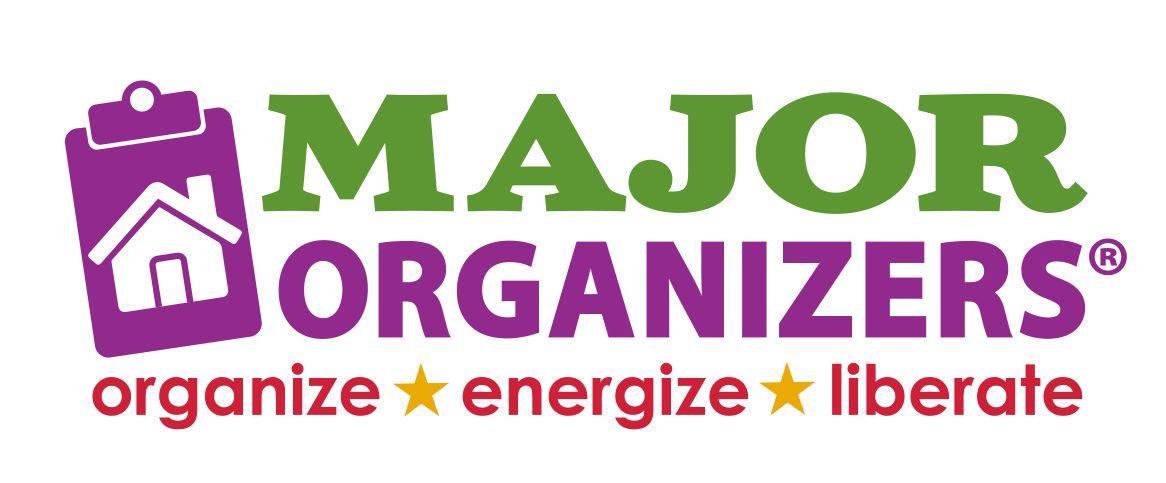Summer is here! For many of us, this is a time to sit back, relax and enjoy a break with our kids. Although it’s tempting to laze away the warm days, summer also offers a perfect opportunity to tackle clutter and get prepared for the school year ahead.
Taking time over the summer to create systems for organizing paper, homework, communication and schedules can help you end one school year—and start the next—on the right foot, which means you’ll have more time and energy with your family.
Here are Major Organizers’ top 6 tips for putting your free time to work this summer—to ensure a smoother fall.
1. Debrief with your children about the school year.
At the start of summer, take time to discuss how the school year went. Children are brilliant. Let them share with you what worked well and where they were frustrated. Let them help develop solutions for systems that are not working smoothly.'
2. Create a clear “C-3” area for family communications.
Communications: Always have an up-to-date family calendar posted. This is a crucial tool to communicate schedules amongst family members.
Control: Take control of paper! Have an inbox for each parent and child. When young children have graded school papers and artwork, they can place it in mom or dad’s inbox. When mom has a signed permission slip for her teenage son, he can find it in his inbox.
Command: Post weekly chore schedules, important notes and shopping lists here so all family members are on the same page. Alternatively, this information could be stored in a binder in the C-3 area where all family members can access it.
3. Designate homes for backpacks, jackets, shoes and sports equipment.
Do backpacks, lunch boxes and shoes clog your entryway when your children come home? Are you always running late because your they can’t find their dance shoes, baseball glove or cleats? Instead of fighting the same battles with these everyday objects, create a home for each of them, and make sure your children know where they belong. Doing so helps to keep your space clean and also helps your child develop good habits.
4. Develop morning and evening routines.
Morning: Are mornings rough in your home? Create a family schedule to determine when people shower, dress and eat. Adjust as needed.
Evening: A schedule can help assure that each family member knows his or her role and expectations in completing homework, making dinner, completing chores and preparing for the morning.
5. Produce and maintain a system for completed schoolwork.
Inboxes: Your child will bring home papers that need to be signed or read as well as papers that are a sign of accomplishment. These can go in a parent’s inbox (see step two).
Archives: All children have schoolwork and artwork they want to save. There are numerous ways to do this. One method is to keep everything in hanging file folders in a file drawer or an Eldon box. Give each child their own drawer so there is room for additional items over the years.
A second method is to use binders or pocket folios. Divide documents by year or by subject.
6. Plan your menus.
When your kids tell you they’re bored for the tenth time in a day, send them to the kitchen. Summer is a perfect time to experiment with recipes, and when you get your children involved in the process, they’re more likely to taste new things. If you try a few recipes each week, by September you will end up with a list of crowd-pleasing dishes for every meal of the day.
Breakfast: Consider making freezable breakfast dishes that can be reheated.
Lunch: Partner with your children to prepare a lunch menu with options. Children can make their selection the night before, and lunches can be prepared for the next morning.
